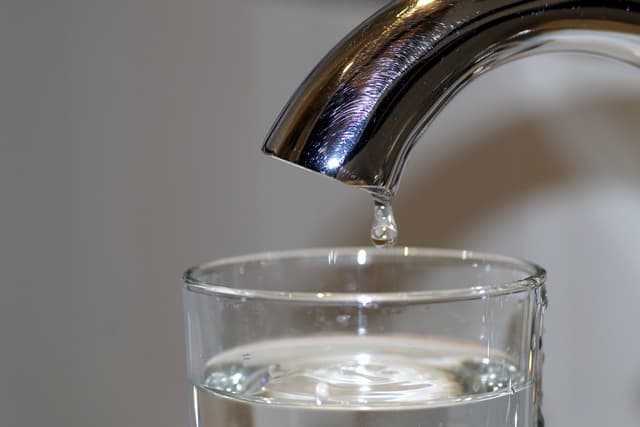Starter quiz
 Which of these colours can you mix to make orange paint?
Which of these colours can you mix to make orange paint?- red and yellow ✓
- red and blue
- blue and yellow
-
- Which of these materials do you think might feel soft?
 wool ✓
wool ✓ stone
stone paper
paper
 What is a “reduction drawing”?
What is a “reduction drawing”?- drawing a shape and then making parts of it lighter ✓
- drawing lots of bright shapes at once
- drawing many lightly coloured pictures of the same thing
-
- What are the three secondary colours?
- 'orange, purple and green' ✓
Exit quiz
- Colours can only be mixed with wet paint.
- True
- False ✓
 What other materials do you need to be able to paint with powder paint?
What other materials do you need to be able to paint with powder paint? water ✓
water ✓ pencils
pencils petroleum jelly ✓
petroleum jelly ✓
- Artists might have to try several times to match a colour.
- True ✓
- False
 Put the steps in the correct order to create a flower artwork with dry paint.
Put the steps in the correct order to create a flower artwork with dry paint.- 1⇔Use petroleum jelly and your finger to create an image of a flower.
- 2⇔Choose two primary colours to mix for your flower.
- 3⇔Sprinkle on the powder paint to mix the colours.
- 4⇔Shake off the excess powder paint to reveal your artwork.
Worksheet
Loading worksheet ...
Presentation
Loading presentation ...
Video
Lesson Details
Key learning points
- Artists can match colours that they observe in the world around them.
- Wet and dry paint can be mixed to create a range of colours.
- Powder paint and petroleum jelly can be mixed to create a colourful artwork.
Common misconception
Artists can always match colours on the first attempt.
Remind children that it can take an artist several tries to make the correct colour. By practicing colour mixing, artists can improve over time.
Keywords
Match - mixing paint so that it looks the same as the colours we observe
Powder paint - a dry, colourful powder that can be mixed with water to make paint
Petroleum jelly - a thick, greasy substance
+